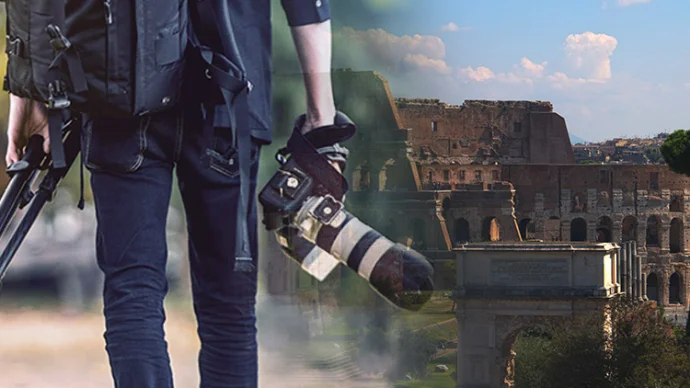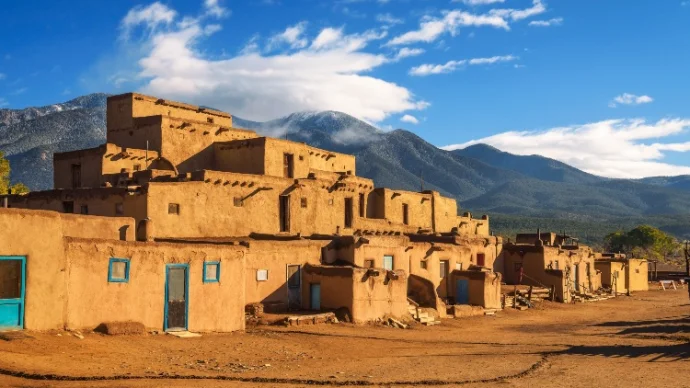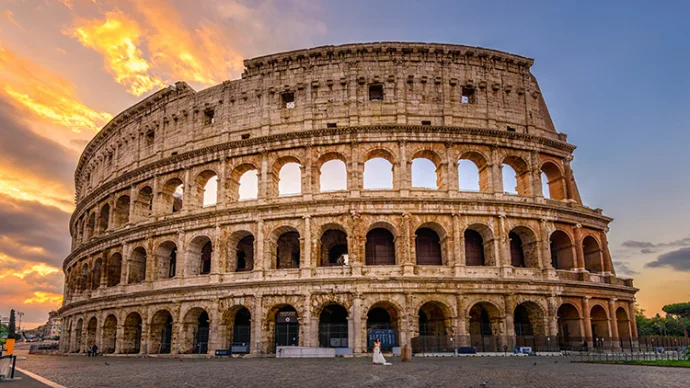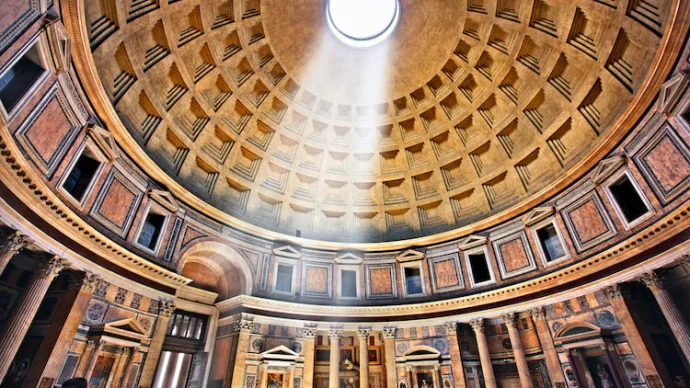
About Pompeii
One of the best known ancient sites in the world, Pompeii was an ancient Roman city founded in the 6th to 7th century BC and famously destroyed by the eruption of the volcano Mount Vesuvius in 79 AD.
History of Pompeii
It’s thought Pompeii was established sometime around 450 BC. Following the Social Wars, Pompeii became a Roman colony, and quickly assimilated into the Roman world, adopting Latin as the dominant language and becoming Roman citizens. The fertile soil of the area, combined with the desirability of the Bay of Naples as a location meant that the town grew prosperous and wealthy, becoming a retreat for the wealthy, as well as an important port.
In 62 AD, the area was hit by a major earthquake and a programme of rebuilding was initiated, including the repair and restoration of frescoes and the redesign of some of the major public buildings in the city. Despite this, the archaeological evidence suggests that Pompeii was flourishing at this point, able to afford to rebuild and also complete extra building projects, including new City Baths.
In 79 AD, the town was buried under a layer of lapilli (burning fragments of pumice stone) 6 or 7 metres deep following the eruption of the nearby Mount Vesuvius, Unlike the nearby town of Herculaneum, this meant that the city was buried in motion, and has provided historians and archaeologists with a fascinating glimpse into everyday Roman life, from social conventions and class structures to ancient graffiti.
The full horror Pompeii’s inhabitants must have faced is also apparent – they were buried alive instantly in a wave of super-heated volcanic ash, their faces frozen in screams, their bodies curled up in an attempt to shield themselves. Only just over 1000 body casts were found, suggesting that the majority of the town’s 20,000 inhabitants managed to escape with their valuables in the first 18 hours of the eruption.
Pompeii was ‘rediscovered’ in the 16th century during the digging of a canal, and excavations began in the 18th century. About 2/3rds of the original site has now been excavated, and archaeologists are still working on the remaining areas.
Pompeii today
There’s no denying the world’s enduring fascination with Pompeii – to say it’s like stepping back in time is something of a cliche, but in the case of Pompeii, it’s hard to describe the experience in any other way. There’s a sense that you’re intruding on a different world – houses, temples, shops, cafes and even a brothel are all visible today, in amazingly good condition. Some of the frescoes found are phenomenal.
Expect to spend at least half a day wandering – wear comfy shoes and it’s sensible to invest in an audio guide (albeit at additional cost) in order to understand and appreciate where you are, and what function some of the buildings and areas served in Roman life. A hat is also a must in the summer as there’s limited shade and it can get extremely hot. During the summer, the Pompeii Archaeological Superintendence organises evening tours.
Amongst Pompeii’s most interesting sites are; the public marketplace or ’Forum’, a large home known as the House of the Vettii and the Basilica, which was a central building in the city. The artefacts found at the site are also fascinating, with many domestic objects and even the preserved bodies of people who perished in the eruption.
Pompeii Amphitheatre is also staggeringly impressive, it being a 20,000 seat structure and the first ever stone amphitheatre. In 59AD, the Emperor Nero banned games in this sports venue for a whole ten years, after a giant brawl between fans of Pompeii and those of neighbouring Nuceria.
Many of the finds from Pompeii are housed in the Naples Archaeological Museum.
Getting to Pompeii
Pompei is a modern day Italian town: there’s a train station with regular departures to Salerno and Torre Annunziata, where you’ll need to change trains if you’re heading to or from Naples, or you can stop at Pompei Scavi, which is on the mainline between Naples and Sorrento, and is much closer to the archaeological site itself. Buses 5000 and 5020 also run from Naples and stop in the centre of town.
The archaeological site is just off the E45 and SS18 if you’re heading into Pompei: there’s some parking nearby but it gets extremely busy. Pompeii is about a 25 minute drive or a 35 minute train from Naples.
Featured In

Incredible Ancient Ruins for Historic Photography
Looking for inspiration for your next photo project? Explore some of the most breathtaking and photogenic ancient ruins with this list.

Ancient Cities to Visit
Discover ancient history: these 15 metropolises, from the ruins of Pompeii to the mountainous Machu Picchu, are must-visit relics of the ancient world.

Roman Sites in Italy
A guide to the very best Ancient Roman sites in Italy, featuring the infamous Pantheon and Colosseum in Rome to Herculaneum on the stunning Amalfi Coast.

Roman Temples
Discover incredible Roman temples you can still visit today, from Baalbek to the Pantheon and more, includes an interactive map of surviving temples from ancient rome.






















